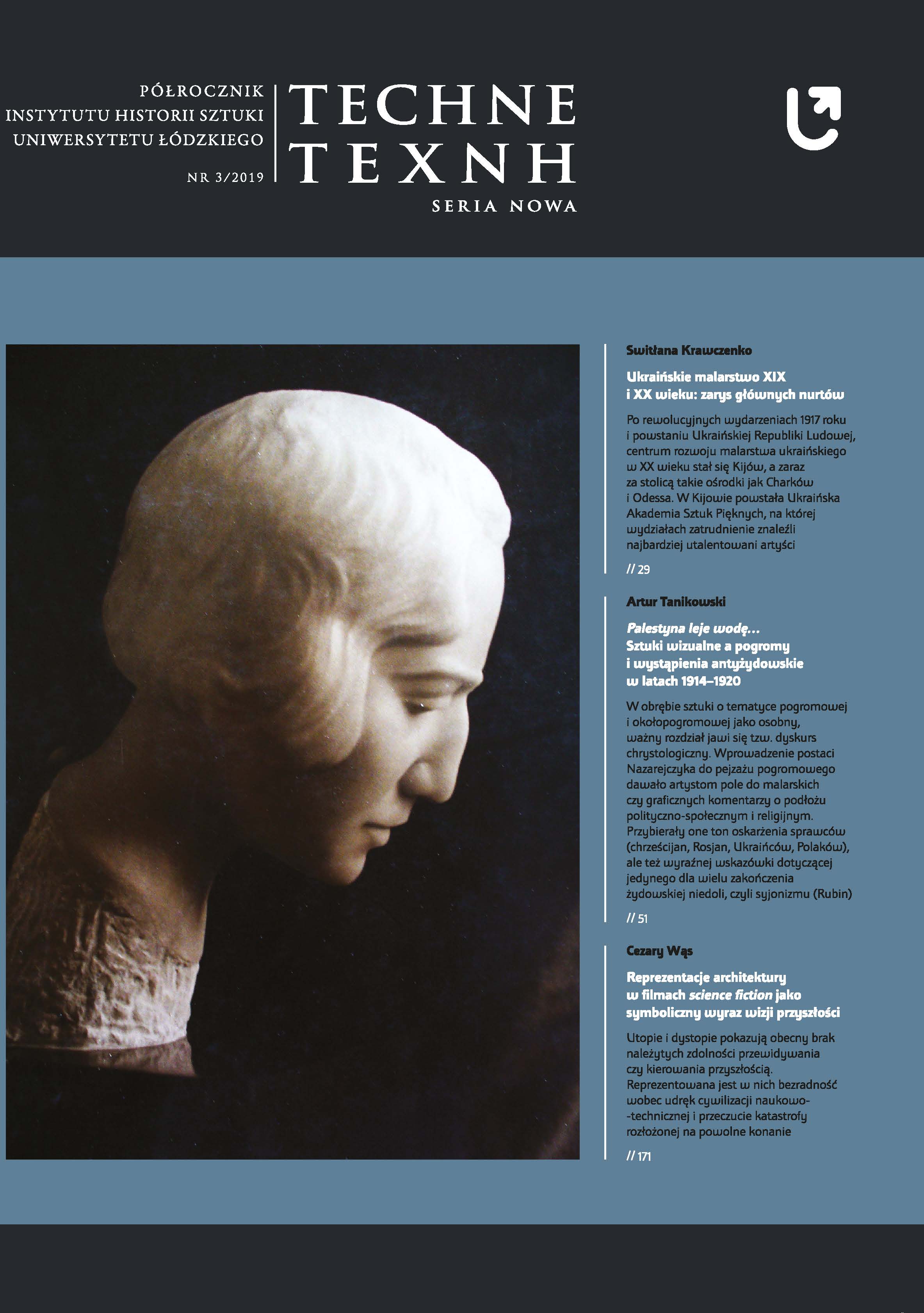Bauhaus – portret wielokrotny z polskimi epizodami
Bauhaus – multiple portrait with the Polish episodes
Author(s): Dominika ŁarionowSubject(s): Theatre, Dance, Performing Arts
Published by: Wydawnictwo Uniwersytetu Łódzkiego
Keywords: Bauhaus;avant-garde art;design
Summary/Abstract: Bauhaus was the only art school derived from the extensive achievements of the avant-garde of the first half of the twentieth century, which gained the status of an independent artistic movement. Cited in the text by Deyan Sudijc, the design historian points out that in the second half of the twentieth century, up to modern times, every new group of reformer artists is rediscovering Bauhaus. Thus, the German school, which had been active for barely thirteen years, created something more than just a style, because it showed what the philosophy of creating objects that are both artistic and useful is.The article attempts to describe the phenomenon of the school by recalling Polish critics who, like Tadeusz Peiper, visited Walter Gropius and described both the principal and the proposed education system. The author also particularly focuses on discussing Bauhaus’s theatrical output in the context of Oskar Schlemmer. The German creator of the Triadic Ballet, after leaving the innovative university, came to Breslau, or today’s Wrocław, to lecture at the local school and to stage innovative theater performances. This is an interesting and somewhat forgotten episode in his work.The Bauhaus story is not just a story about an avant-garde school, the author also touches on the somewhat embarrassing aspect of legacy. The college founded by Gropius unfortunately did not survive the Nazi dictatorship in Germany. It was dissolved practically at the beginning of Hitler’s rule. However, fascist propaganda used Bauhaus stylistics in some areas of its functioning. Thus, the school, which became a separate stream of avant-garde, was also difficult to get involved in the political history of the twentieth century, which is also a paradox and a warning for historians assessing the work of artists mostly in terms of their aesthetic values.
Journal: TECHNE. Seria Nowa
- Issue Year: 2019
- Issue No: 3
- Page Range: 115-138
- Page Count: 24
- Language: Polish

